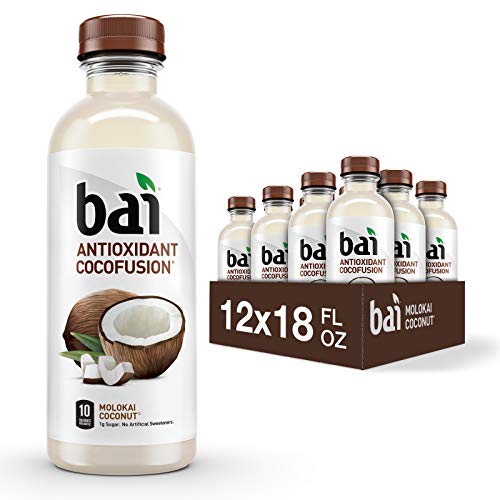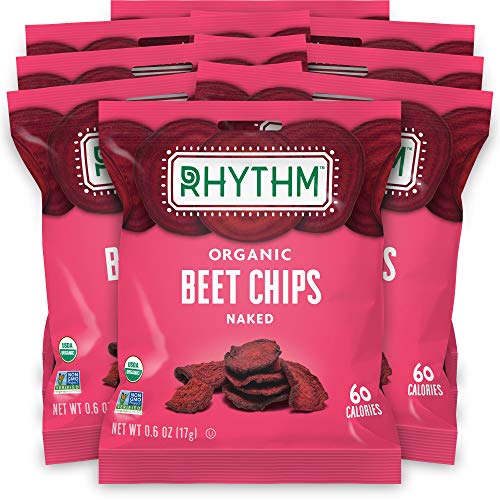
Decoding Digestive Health: Part 1- Understanding Digestion and Absorption
Published on Thursday, July 13, 2023 by Khara' JeffersonNormal or Abnormal Bowel Movements?
No one really takes the time during these formative years to think about whether their bowel movement is “normal” because it’s not something that is typically talked about – until there is a problem. However, everyone grows up and quickly learns to identify diarrhea from constipation.
Neither one feels great, but how do you explain it when diarrhea, constipation, or alternating diarrhea and constipation both become your new “normal”? What has happened to you to cause your digestive system to go haywire? To understand why you have these, you need a basic understanding of the process of digestion.
Why does digestion matter?
Digestion and absorption are complex, but you need these processes for survival. In order to keep it simple, the specific enzymes are not mentioned, as there are so many.
The gastrointestinal (GI) tract, or digestive system, is about 25-30 feet long. Movement or motility occurs in muscular waves called peristalsis. Think of the GI tract as a well-regulated system in which nutrients are constantly being exchanged along the way.
#1- The first stage of digestion is called the cephalic phase. Most people are unaware that the brain is involved, but it is! The brain stimulates the vagus nerve to trigger cells to stimulate your digestive enzymes to start working. This happens once you think about food, feel hungry, or smell food.
#2- The action of digestion begins in the mouth when you chew and start to break down food into smaller and smaller chunks. Chewing triggers specific enzymes to activate based on what you eat (carbohydrates, fats, proteins). Eventually, the chewed-up bits move down the esophagus, through the lower esophageal sphincter, and into the stomach. All this motility is essential, as it’s driven by many interconnected body processes so that the food is exposed to a highly acidic stomach environment to break down food into the peptide (protein) chains so we can digest them. Keep in mind that through the stomach-churning process, the enzymes and digestive juices are making the minerals of the food more accessible so that you can more easily absorb these, so they aren’t lost in your stool.
#3- As partially digested food (chyme) moves out of the stomach, it goes through the pylorus, releasing more digestive enzymes and triggering even more layers of digestive support. In the small intestines (duodenum, ileum, jejunum), which is the longest segment of the GI tract, food is broken down even more into liquid (as digestive juices from the liver, pancreas, and intestines all mix) and is the place where most nutrient absorption occurs. Digested nutrients and small amounts of water are absorbed Into your bloodstream.
#4- Digested food residue (waste products) moves from the small intestines into the colon (large intestines). Water is absorbed here, as well as electrolytes. In addition, the colon is where your body deposits waste products and the waste becomes stool. Some of the indigestible food matter ferments and is used by some of the bacteria that live in the colon. The stool is stored in the rectum until you push it out of your anus during a bowel movement.
Transit time is just as important as optimal motility in the GI tract.
- If things move through too quickly, there is not enough time for absorption, so nutrients are lost, and there’s also more water in the stools. This looks like diarrhea or “loose stools.”
- If things move through the GI tract too slowly, more water is absorbed, and this looks a lot like constipation or hard stools. The body is providing excessive food waste to the bacteria that inhabit this area, imbalances can occur, and toxins stick around longer.
If any portion of the digestive process is disrupted, you can get bowel dysmotility, which means the digestive tract muscles become disrupted and cause poor movement. Symptoms of dysmotility can include bloating, cramping, abdominal pain, constipation, vomiting, etc. – many of the same symptoms as irritable bowel syndrome (IBS).
Stay tuned for Part 2 to learn more about bowel dysmotility.
Leave a comment on this article:
-
Khara' Jefferson
DNP, APRN, FNP-C, CHC

The Bristol Stool Chart: A Poop Ranking System

Eat First with Your Senses: Cephalic Phase Responses

Peristalsis and Your Digestive Tract

Gluten-Free Strawberry Cream Cheese Shortbread Bars
RECIPE INSIDE
Introducing Solid Foods to Babies with Reflux: A Safe and Smooth Journey

7 Reflux-Friendly Snacks With Zero WW Points





